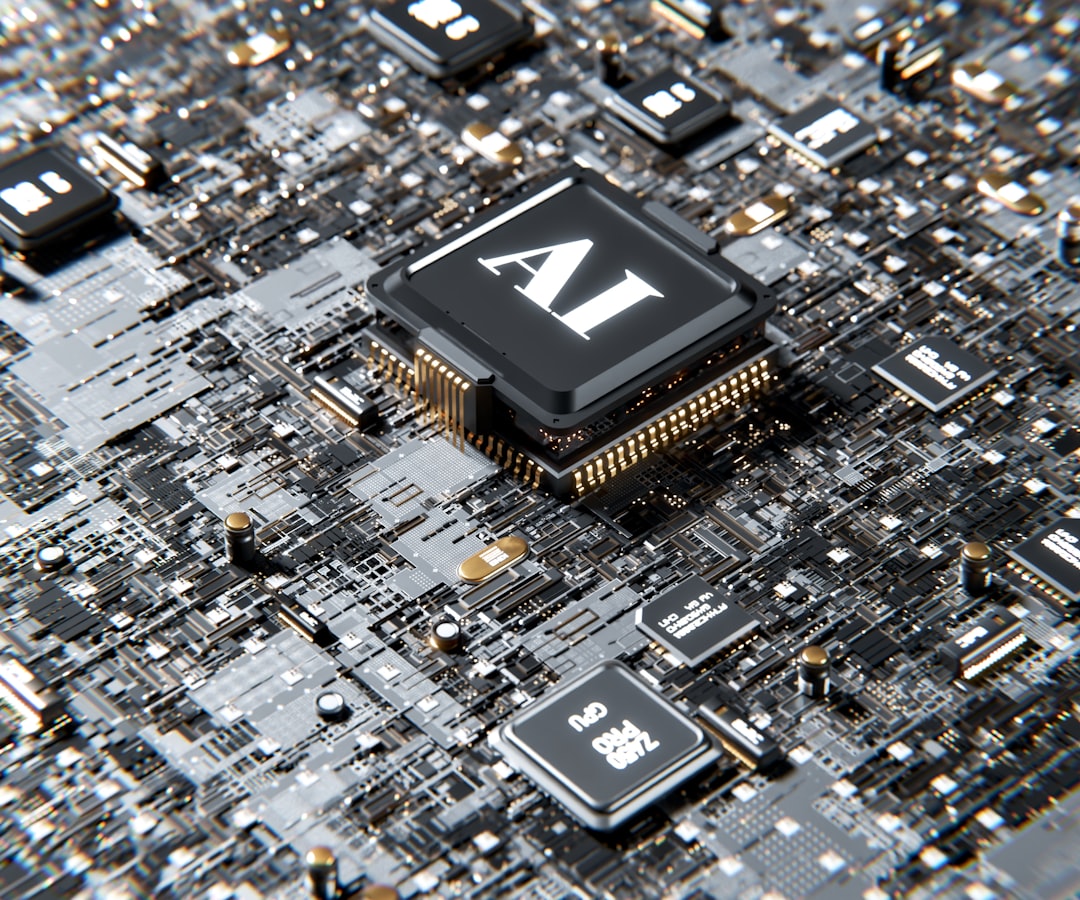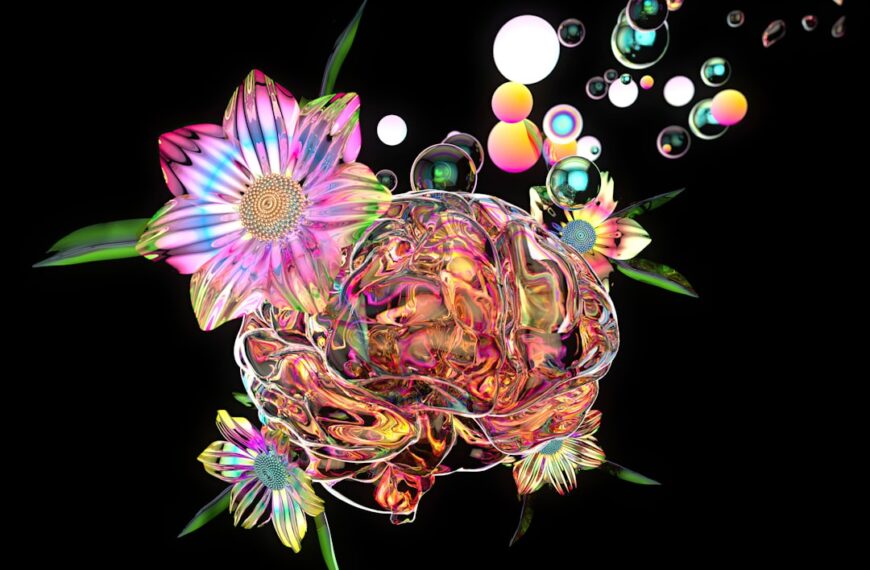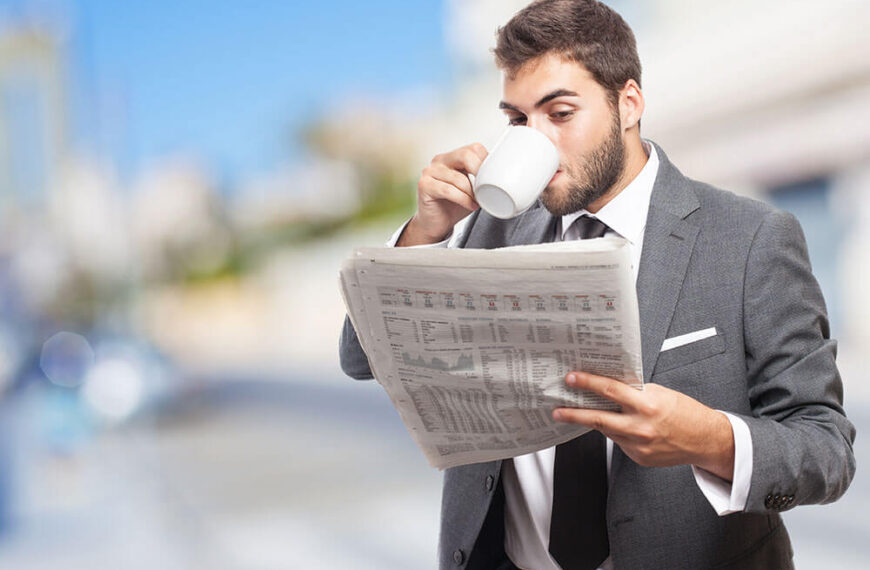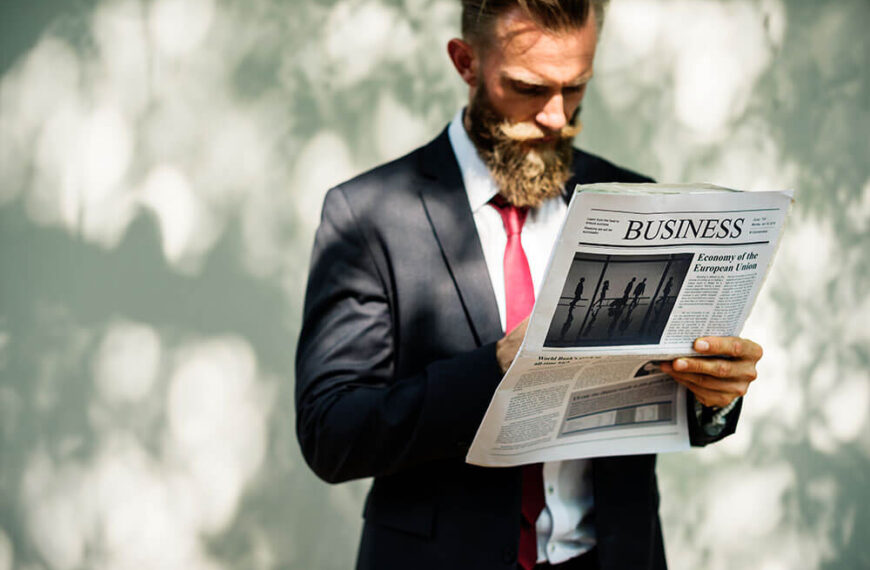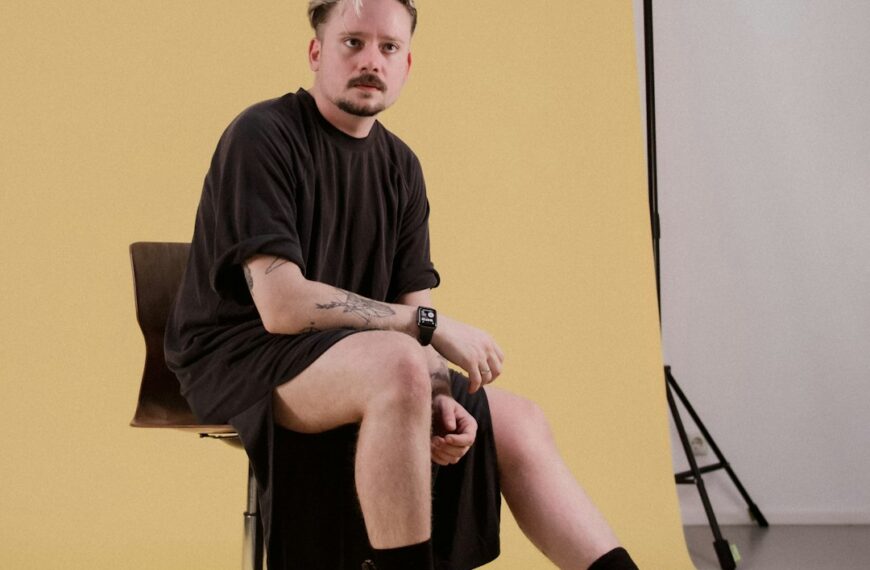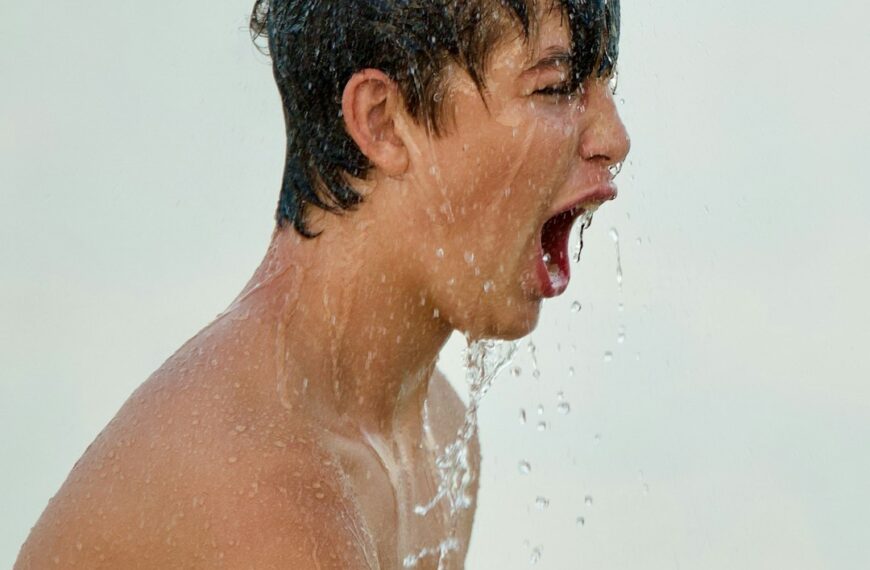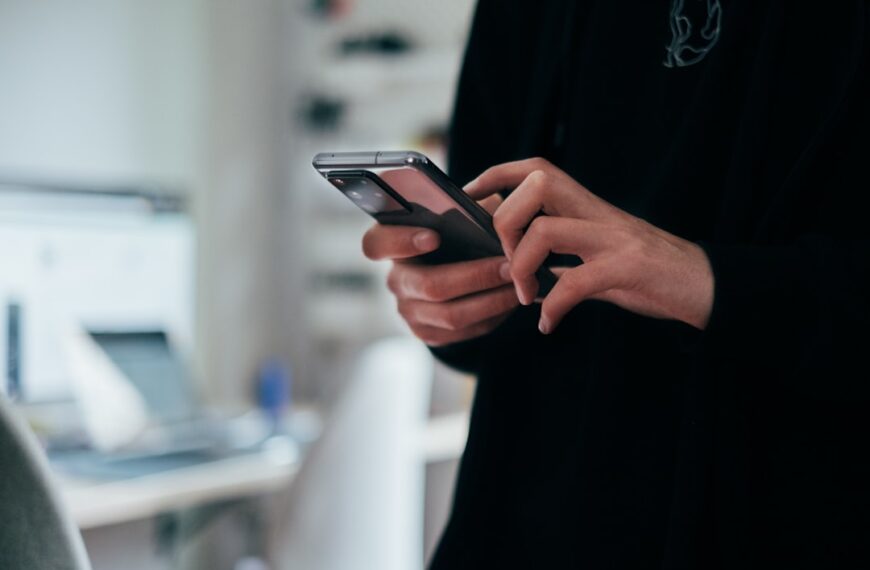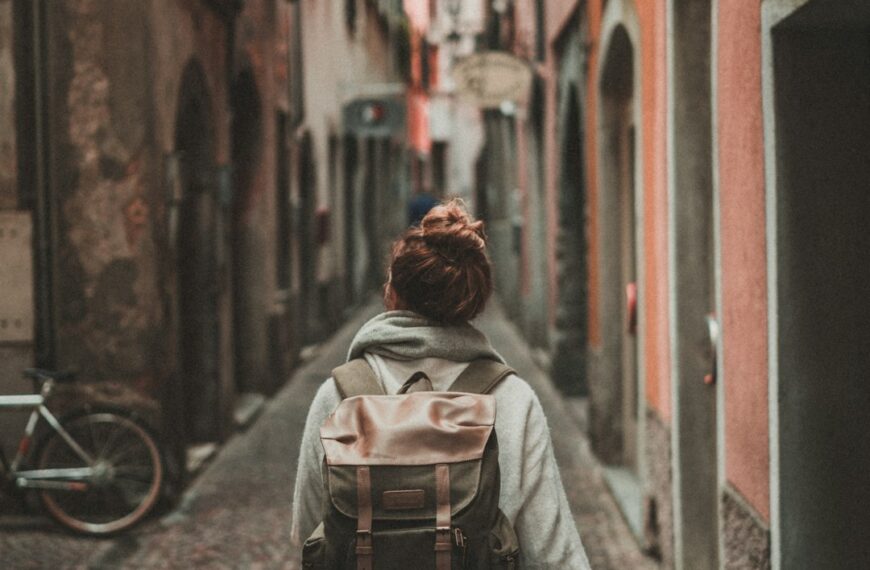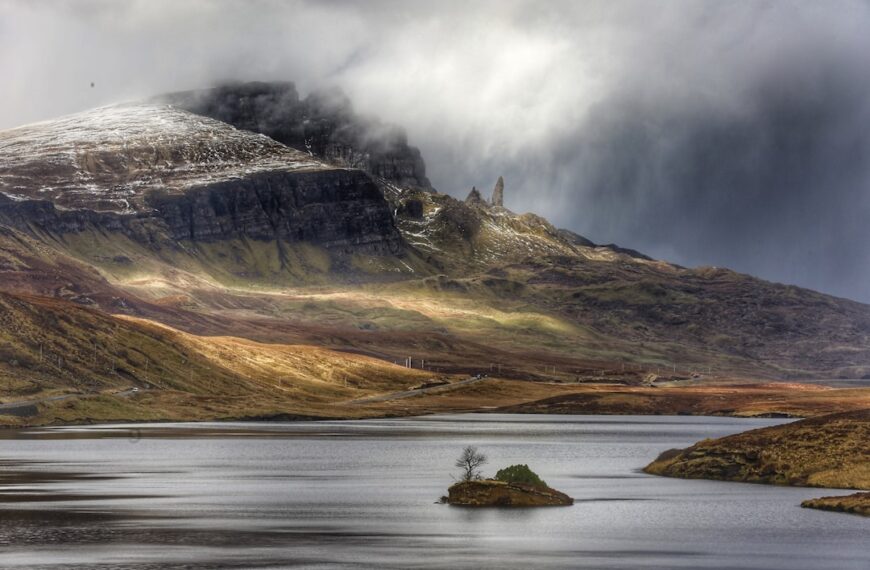The rapid advancement of artificial intelligence (AI) has unlocked unprecedented creative potential. AI art generators, music composers, and even scriptwriters are blurring the lines between human and machine creativity. But this exciting new frontier is fraught with legal complexities, creating a veritable minefield for artists, developers, and businesses alike.
One of the most significant challenges lies in copyright law. Traditional copyright protects works created by human authors. But if an AI generates a piece of art, who owns the copyright? Is it the developer who created the AI? The user who prompted the AI? Or does the AI itself hold some form of intellectual property rights – a concept that currently doesn’t exist under existing legal frameworks. Courts are grappling with these questions, and the legal landscape remains uncertain. Different jurisdictions are taking varied approaches, leading to inconsistencies and potential conflicts.
Beyond copyright, other legal issues emerge. For example, what happens if an AI-generated work infringes on existing copyrighted material? The concept of “fair use” becomes incredibly nuanced when dealing with AI, as the AI’s learning process might incorporate elements from numerous sources without direct human intervention. Determining liability in such cases requires a careful examination of the AI’s training data, the extent of similarity to the original work, and the transformative nature of the AI’s output.
Furthermore, the use of AI in creative fields raises concerns about potential job displacement and the ethical implications of automation. While AI can augment human creativity, it also raises questions about the authenticity and value of human-created art in a world increasingly saturated with AI-generated content. Discussions surrounding the potential for AI-generated deepfakes and their misuse also contribute to this complex legal and ethical debate.
Navigating this legal minefield requires a multi-pronged approach. Clearer legislation is urgently needed to address the unique challenges presented by AI-generated creative works. International collaboration is crucial to establish consistent legal frameworks that protect creators’ rights while fostering innovation. In the meantime, artists, developers, and businesses should seek legal counsel to understand the risks and potential liabilities associated with using AI in their creative processes. Transparency and responsible development practices are paramount to mitigating potential legal issues and ensuring the ethical deployment of AI in the creative industries. The future of creativity hinges on finding a balance between harnessing AI’s potential and navigating the intricate legal landscape it has created.
